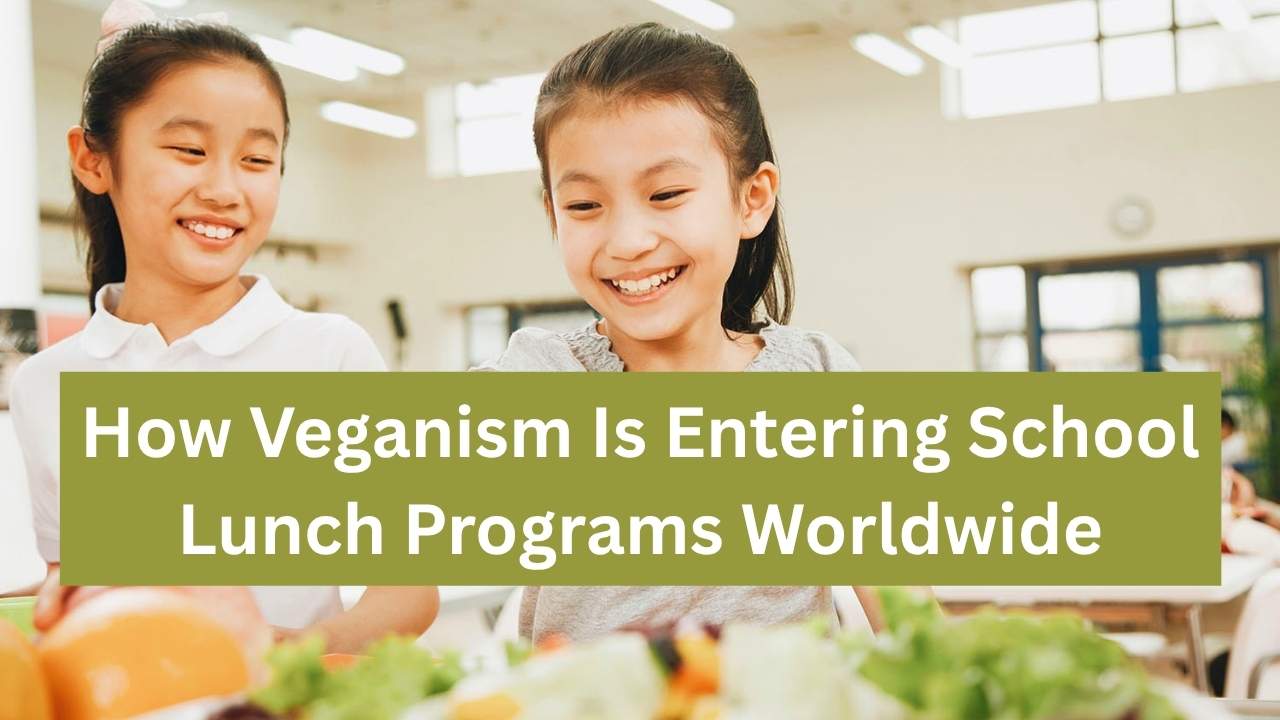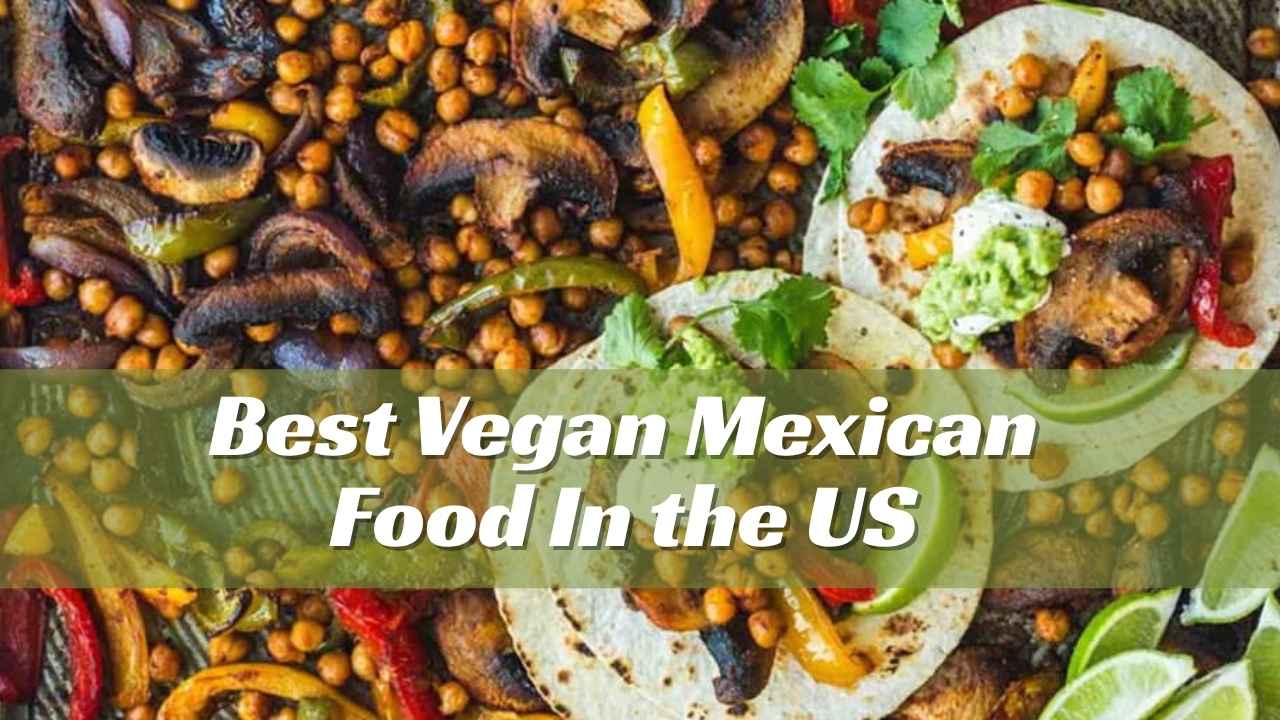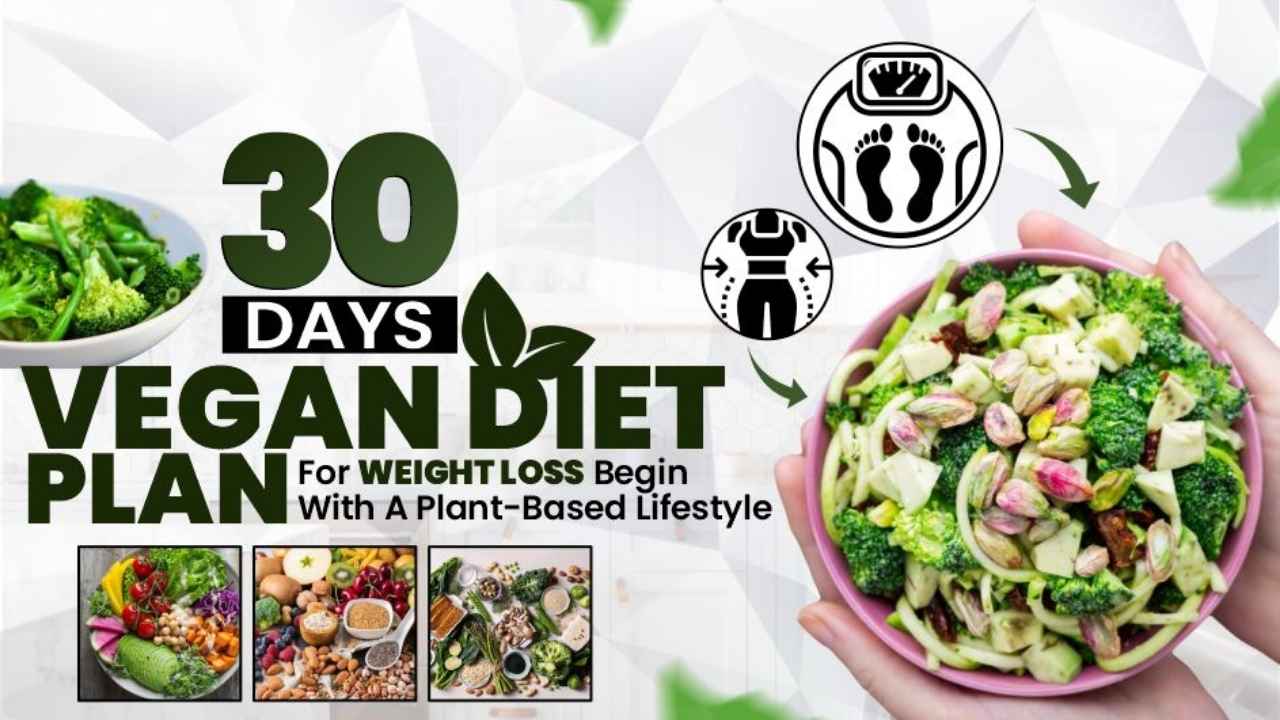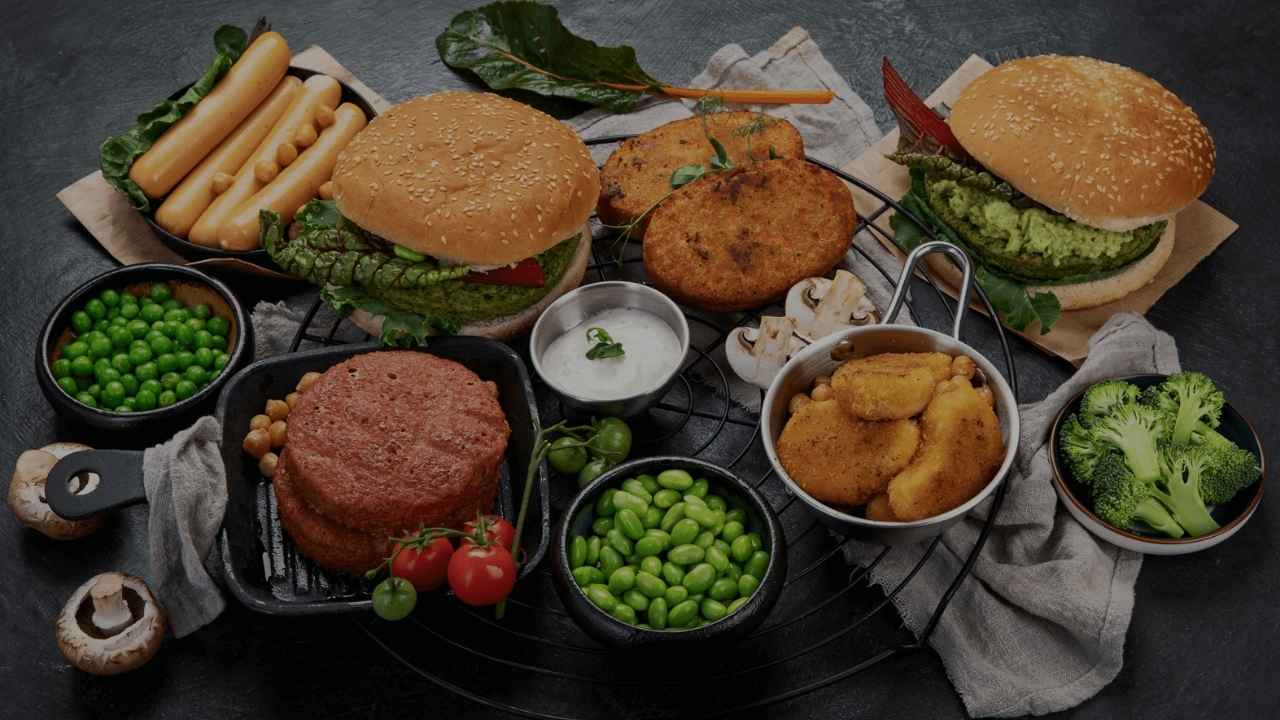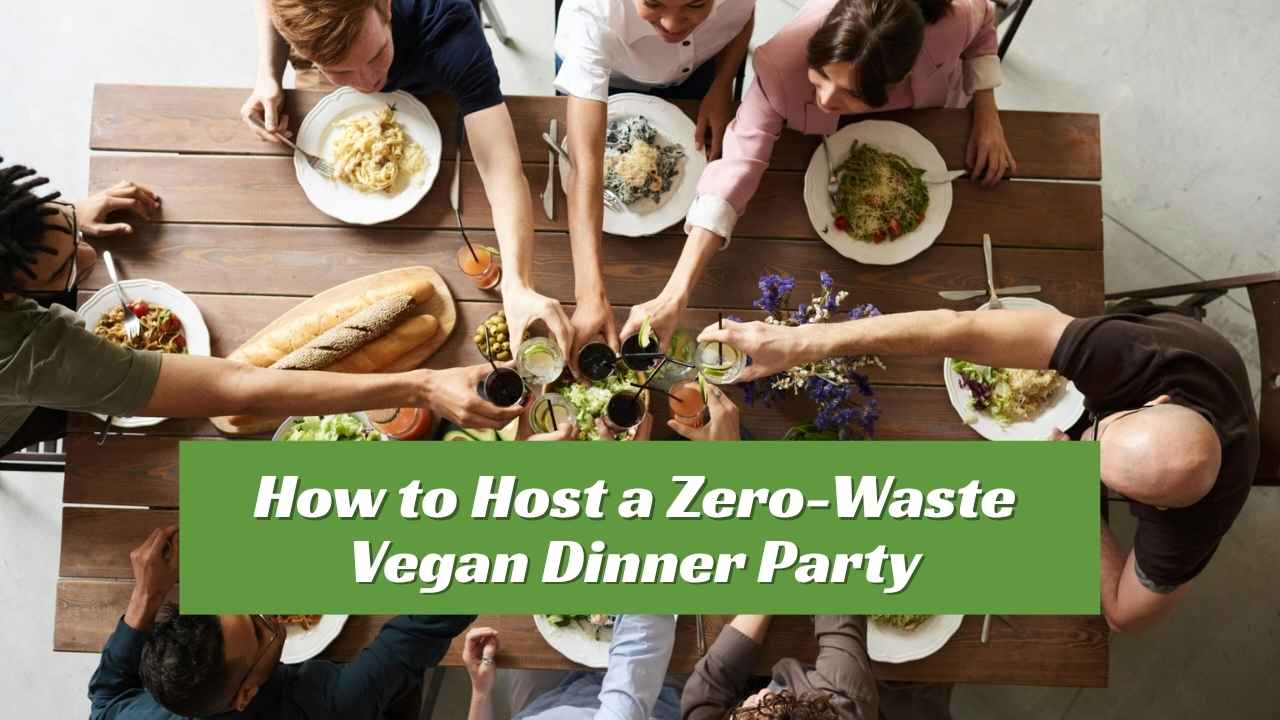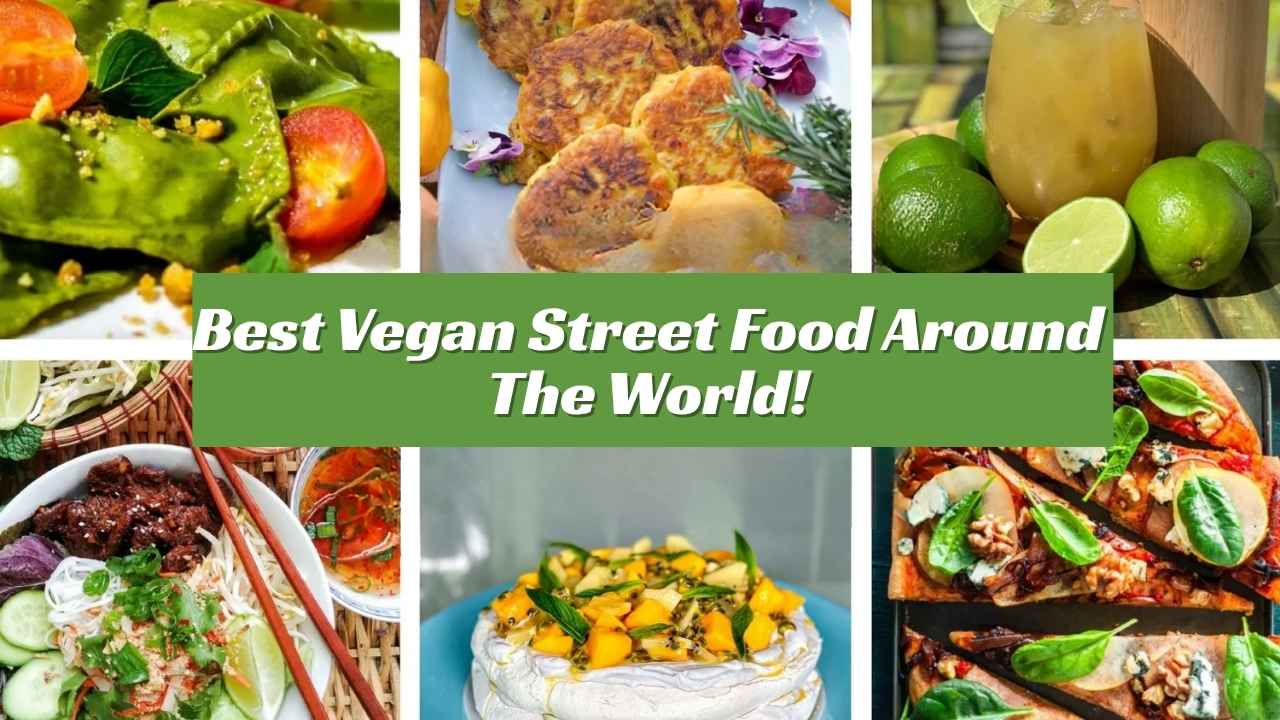Plant-based eating isn’t just trending in homes and restaurants, it’s now showing up in cafeterias across the globe. Schools are rethinking lunch menus, replacing meat-heavy meals with nutritious, eco-friendly, and exciting vegan alternatives that appeal to young taste buds.
From the U.S. to Asia, governments, parents, and nutritionists are pushing for healthier, greener food policies. Vegan lunches are no longer an experiment, they are becoming standard in classrooms. But what’s driving this change and how are kids responding? Let’s explore.
The Global Shift Toward Vegan School Lunches
Vegan meals are entering school cafeterias worldwide, tackling health, sustainability, and inclusivity while reshaping what kids eat every day. From the U.S. to India, schools are embracing the plant-based revolution.
Children now enjoy lentil burgers, vegan pizza, and tofu stir-fries at school. Beyond taste, these meals teach sustainability, reduce carbon footprints, and normalize healthy eating habits early in life.
While budget and acceptance challenges remain, schools are finding solutions like gradual rollouts, taste-testing, and partnerships with local farms. Parents and kids are increasingly open to plant-based school lunches.
The future points toward widespread adoption of vegan school meals. Governments, educators, and food companies are pushing plant-based options, making sustainable eating the new normal for the next generation.
Vegan School Meals Snapshot Region Wise
| Region | Example Meals | Key Benefit | Rollout Level |
|---|---|---|---|
| U.S. | Vegan burritos, pizza | Health + Sustainability | Pilot & citywide |
| U.K. | Vegan shepherd’s pie, curry | Eco-conscious policies | Widespread in councils |
| India | Lentils, rice, curries | Traditional acceptance | Common, dairy shift |
| Brazil | Beans, cassava, fruits | Climate commitment | Growing programs |
| Japan | Vegan sushi, miso soup | Cultural balance | Limited rollout |
Benefits Beyond Nutrition
Switching to vegan meals in schools offers wide-reaching benefits –
- Environmental Impact
- Reduced greenhouse gas emissions from animal agriculture.
- Educational Value
- Kids learn about sustainability and healthy eating early.
- Inclusivity
- Vegan menus work for diverse cultural and religious diets.
- Long Term Habits
- Early exposure can normalize plant-based eating for life.
Why Schools Are Going Vegan?
Schools worldwide are adopting vegan meals not just as a fad, but as a response to multiple pressing issues.
- Health Benefits – Vegan meals help combat childhood obesity, diabetes, and poor nutrition.
- Climate Action – Cutting meat reduces schools’ carbon footprints.
- Cultural Shift – Younger generations are more eco-conscious and open to plant-based eating.
- Accessibility – Plant-based menus cater to children with allergies (lactose, dairy, etc.).
Countries Leading the Shift
- United States
- Cities like New York and Los Angeles now have Meatless Mondays.
- Pilot programs test fully plant-based lunch days.
- Vegan pizza, burritos, and chickpea wraps are student favorites.
- United Kingdom
- Many councils have introduced plant-based menus in primary schools.
- Vegan shepherd’s pie, pasta, and curry are regular features.
- Supported by environmental groups and parents.
- India
- With strong vegetarian traditions, plant-based school lunches are widely accepted.
- Focus on lentils, beans, rice, and vegetable curries.
- Growing efforts to fully eliminate dairy in urban schools.
- Brazil
- São Paulo schools pledged to serve vegan meals once a week.
- Focus on local produce like beans, rice, cassava, and tropical fruits.
- Seen as part of the fight against climate change.
- Japan
- Plant-based menus are slowly emerging alongside traditional bento meals.
- Vegan sushi, rice bowls, and miso soups gaining popularity.
- Aiming to balance modern eco-trends with cultural food traditions.
What’s on the Menu?
Schools are making vegan meals both tasty and kid-friendly.
- Protein Options – Lentil burgers, tofu stir-fries, chickpea wraps.
- Comfort Foods – Vegan mac and cheese, pizza, brownies.
- Global Flavors – Mexican burritos, Indian curries, Mediterranean hummus plates.
- Snacks & Sides – Fruit cups, roasted chickpeas, veggie sticks with hummus.
Challenges in Implementation
While the shift is exciting, it comes with hurdles –
- Budget Concerns
- Fresh produce can cost more than processed foods.
- Taste Acceptance
- Some kids resist unfamiliar flavors.
- Parental Concerns
- Worries about protein and nutrient adequacy.
- Supply Chains
- Ensuring consistent access to plant-based ingredients.
Overcoming Resistance
Schools and policymakers are finding creative solutions:
- Gradual Introduction – Starting with one vegan meal a week.
- Education Campaigns – Teaching kids why these changes matter.
- Taste Testing Events – Letting students try dishes before rollout.
- Partnerships – Collaborating with local farms and vegan brands.
The Future of School Meals Is Vegan
Experts predict that by 2030, vegan meals will a global standard in schools. With government backing, corporate support, and shifting social attitudes, cafeterias are evolving into classrooms of sustainability.
Vegan Meals Hit Schools Worldwide
Vegan school lunches are more than just meals, they are lessons in sustainability, health, and compassion. As schools embrace this shift, children gain more than nutrition; they gain awareness of their impact on the planet.
The change isn’t always smooth, but it’s undeniably powerful. What begins as lentil burgers and vegan pizza today may shape tomorrow’s global food culture. The classroom is no longer just a place for learning, it’s where the food future is being served.

